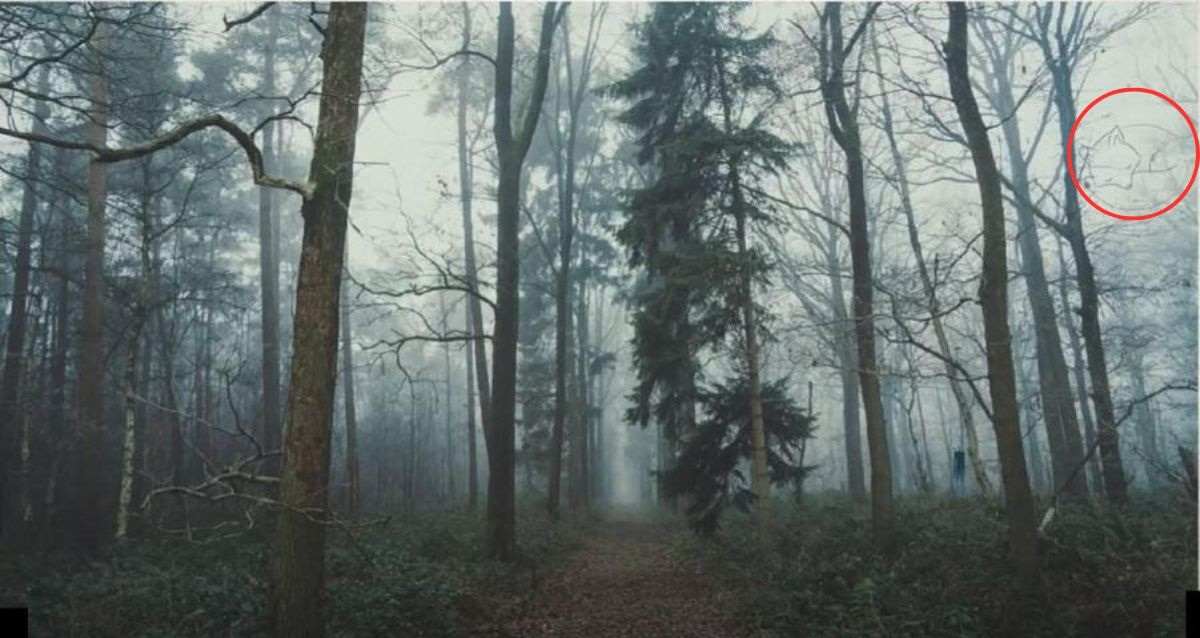Optical illusions with hidden images can reveal insights into personality traits, cognitive abilities, and how individuals perceive the world. These illusions play on visual perception, challenging the brain to interpret ambiguous or camouflaged information.
Optical illusions with hidden images are helpful for brain function. These illusions challenge the brain's perception and cognitive skills, improving observation, attention span, and problem-solving abilities.
Optical illusions, especially those with hidden images, force the brain to work harder to interpret visual information. This constant 'trickery' can help improve your brain's efficiency to observe and process visual stimuli faster.
Finding hidden objects within an image requires focused attention and the ability to scan for patterns, which are key aspects of observational skills.
Optical illusions provide a fun and engaging way to exercise the brain, making mental workouts more enjoyable. Some studies suggest that optical illusions can also contribute to improving memory.
People among the top 1 per cent of optical illusion masters can quickly and accurately decipher complex illusions. They typically exhibit a combination of strong visual processing skills, high IQ, and exceptional attention to detail.
They demonstrate quick decision-making, high creativity, and excellent problem-solving abilities, often noticing subtle details and patterns that others miss.
Today, we have a challenging optical illusion to explore. Can you spot the fox in 15 seconds? Let's test your eyes!
Visual IQ Test: Spot the hidden fox and prove you are an optical illusion master!

This optical illusion is not an easy feat. There is a fox hidden in this forest image. You will get 15 seconds to spot it.
Do you think you have what it takes to find the fox? Let's see!
Focus on the fox's key features such as pointed ears, bushy tail, reddish-brown fur, and a long snout.
Scan the image for irregularities in shape, colour, or texture. The fox could be hidden anywhere in the image.
The fox is likely blending with its surroundings, so look for subtle deviations from the background.
Consider using peripheral vision and try viewing the image from different angles to help your brain differentiate the fox from the background.
Look for shapes that may reveal the fox's outline.
Don't give up. If you don't see it right away. Many optical illusions are designed to be challengnig and it can take time to train your brain to see what's hidden.
If you are struggling, you can zoom in on the image. Once you think you have found the fox, scroll down to see the answer.
When You Do This, People See Nervousness: 5 Body Language Signs Of Nervous Personality Traits
Where is the fox?
If you are still looking for the fox, look below to see the reveal. If you solved this optical illusion in the given time limit, you have demonstrated sharp visual acuity and thinking outside the box. Great work!

Comments
All Comments (0)
Join the conversation